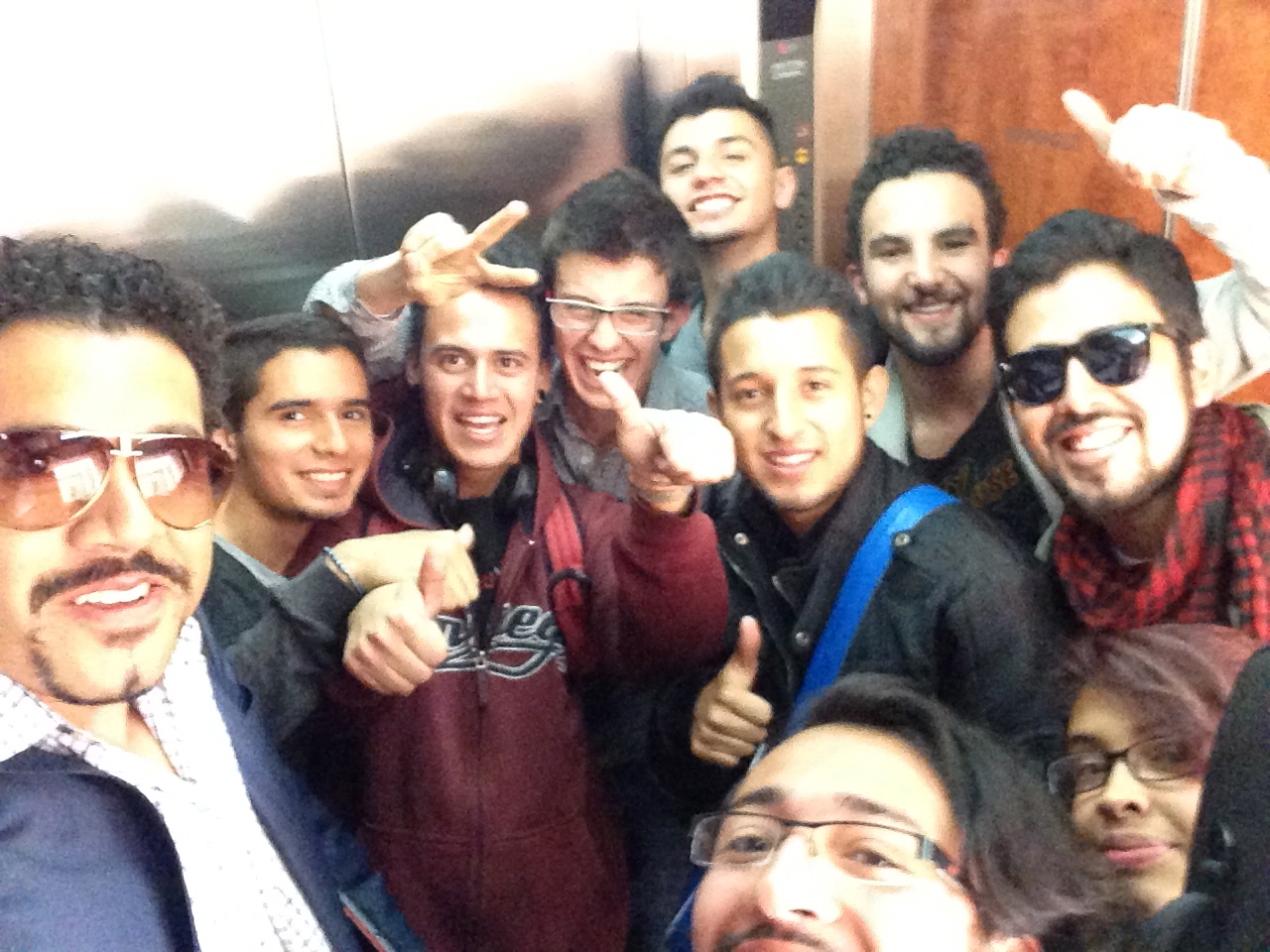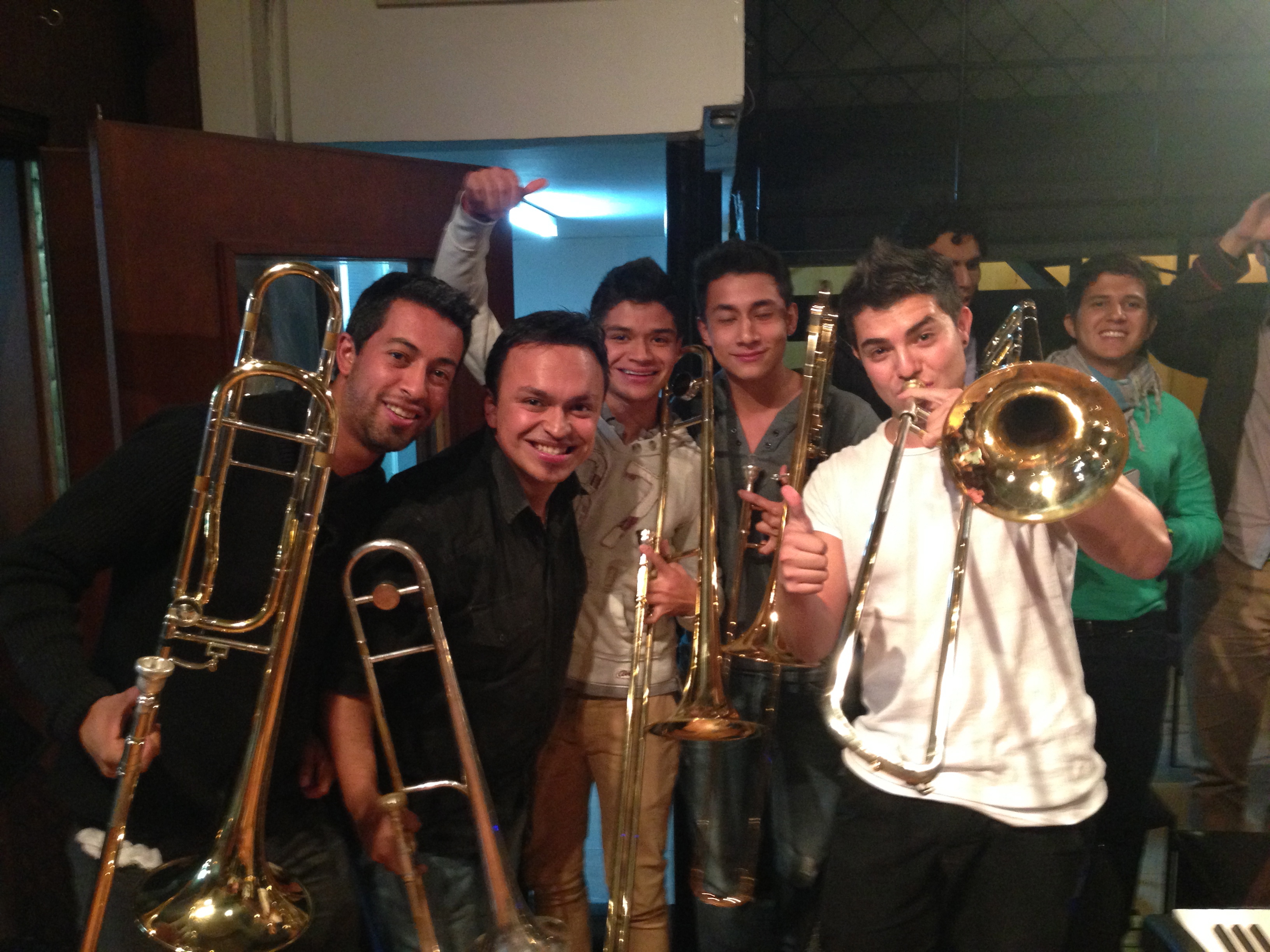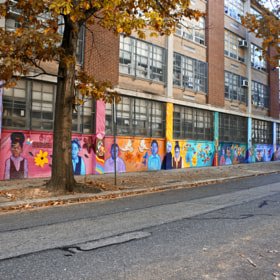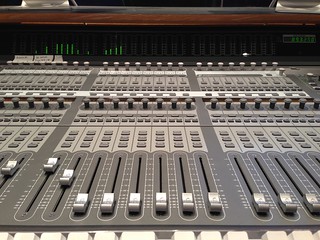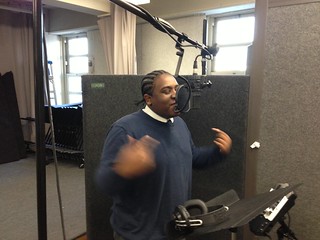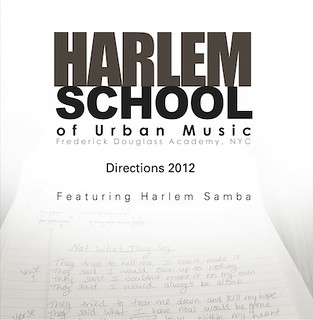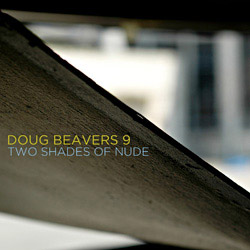Titanes del Trombón - Official Press Release!
 Wednesday, May 6, 2015 at 3:30PM
Wednesday, May 6, 2015 at 3:30PM GRAMMY® Award-Winning
Doug Beavers
Releases New Full-Length Studio Album on May 26, 2015
Titanes del Trombón
Featuring Oscar Hernández, Dafnis Prieto, Luisito Quintero,
Conrad Herwig, and Many Others!
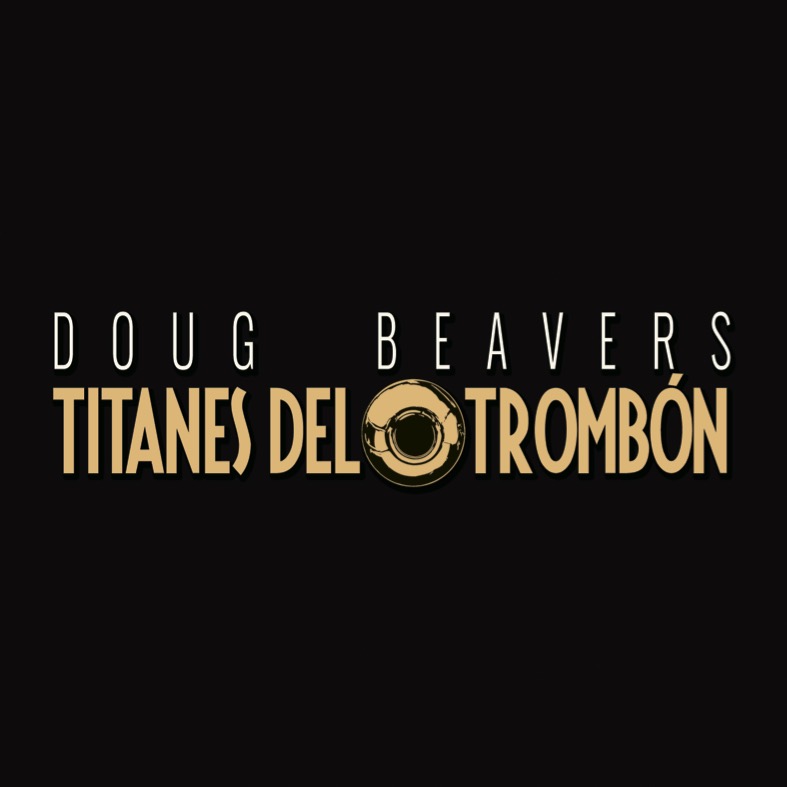
For immediate release:
New York, NY -- Monday, May 4, 2015 -- When Grammy® Award-winner Doug Beavers decided to honor his fellow trombone greats of the jazz and Latin idioms on his new full-length studio release, Titanes del Trombón -- a fan-funded recording on Artistshare® that will be released worldwide on May 26, 2015 -- he knew he couldn't work with just anyone: Beavers had to enlist the best-of-the-best, and the music had to be just right.
For Beavers, Titanes del Trombón serves not only as a tribute to some of his own heroes, but as living proof that he’s poised to join them in the upper echelon of Latin jazz trombonists and composers. Titanes del Trombón signals a palpable maturation of Beavers as a singular performer, arranger and producer, which he developed working alongside Eddie Palmieri, Spanish Harlem Orchestra, Rosemary Clooney, Gilberto Santa Rosa, Don Omar, Sheila E., Pete Escovedo, Mingus Big Band, Ruben Blades, Paul Simon and countless others.
"Recognizing that trombonists such as J.J. Johnson, Barry Rogers and Slide Hampton were also stalwart arrangers and composers in their own right," Beavers says, "it was my goal to score totally new arrangements and compositions spotlighting the trombone on Titanes del Trombón, while also exhibiting my work as an orchestrator."
Conceived in 2010, with principal arranging and orchestration completed in September 2012, Titanes del Trombón features 14 tracks with more than half written or co-written by the artist himself; Beavers also produced the album. When it came time to cut the tunes in the studio over the past 12 months, Beavers brought in a battery of horn players -- including fellow trombonists Conrad Herwig, Luis Bonilla, Reynaldo Jorge and Rey David Alejandre -- plus several vocalists, orchestral instrumentalists and an ace rhythm section.
"During the long journey of production," says Beavers, "I found myself in the lucky and humble position of being able to call on many important artists from New York that I’ve collaborated with during my years performing alongside Palmieri, Spanish Harlem Orchestra, Mingus Big Band and the like. Before I knew it, I had an album with an all-star cast including Oscar Hernández, Dafnis Prieto, Luisito Quintero, Edsel Gomez, Eddie Montalvo, and many other top-tier players." A total of 37 musicians in all appear on the recording, which Beavers cut in studios from New York to Florida to California.
Titanes del Trombón, notes Beavers, is "programmed to tell the story of a modern trombonist." The opening number, "Trombón Moderno," features a trombone cadenza once performed by the great Generoso "Tojo" Jimenez. The track showcases lead vocalist Frankie Vazquez and four trombonists -- Herwig, Bonilla, Jorge and Beavers all solo -- in tribute to the pioneer of Latin trombone. Pianist Hernández, bassist Luques Curtis, drummer Vince Cherico and a bank of horn men and percussionists flesh out the tune. Next up is "Esa Mujer," composed by Carlos Cascante, who also sings the lead. Beavers and Hernández both solo on this uptempo piece and bass trombonist Max Seigel can also be heard.
Track three is the first of three interludes, each variations on a theme called "Viaje," that appear on the recording, serving to remind us, as Beavers says, "that this is only a stop on the journey." The full, original composition "Viaje," written to commemorate the critically influential Barry Rogers, closes the project. The fourth track, "Tu No Sabes," is Beavers' homage to the iconic Eddie Palmieri, who first called upon the young trombonist to transcribe and arrange the complete repertoire from his seminal La Perfecta group of the ‘60s. Beavers went on to tour, record and perform for Palmieri's new La Perfecta II as lead trombonist and arranger, winning a Grammy® for his work on Palmieri's 2005 release Listen Here and inspiring Palmieri to comment, "For the efforts of Mr. Beavers, the new millennium finds me truly grateful." Written by Carlos Rosario and Beavers, "Tu No Sabes" features solos by Hernández, Beavers and the famed conguero Eddie Montalvo, whose credits include work with the Fania All Stars, Celia Cruz, Willie Colon and Johnny Pacheco, among others.
"Voy Manejando," composed and arranged by Beavers and inspired by Herwig and Wayne Wallace, another trombone great, highlights solos by Herwig, Beavers and Hernández. "Folhas Secas," a swaying, sensual samba composed by Guilherme de Brito and arranged by Beavers, was inspired by Brazilian trombonist Raul de Souza, the great Brazilian vocalist Elis Regina and legendary bassist Joe Santiago, with solos from Beavers and Edsel Gomez. It's followed by Beavers' subtly percussive "Empezando de Nuevo," with gorgeous, free-flowing acoustic guitar playing by Román Lajara, then "Enigma," a classic J.J. Johnson composition, arranged for Titanes del Trombón by Beavers. Inspired by both Johnson and Slide Hampton, the song features words by Hector Aponte (who sings the lead vocal) and Anna Rovira.
"Take it to the Ozone," composed by the legendary trumpeter Freddie Hubbard, includes a performance by the MacArthur Fellowship Award-winning drummer Dafnis Prieto as well as solos from Zaccai Curtis, Thomas Marriott, Ivan Renta and Beavers. "Borandá" was composed by Eduardo de Lobo, spotlighting Oscar Hernández, percussionist Luisito Quintero and Beavers; its lead arranger is Ernesto "Papo" Lucca. Cascante again steps up to provide the lead vocal on this bold, dynamic track. Finally, Titanes del Trombón fades out with the last installment of "Viaje," which is simply filled with sweetness. (However, there is also a hidden six-minute DJ edit of "Trombón Moderno.")
Throughout the process, Beavers sought to find the perfect marriage of Latin melody and rhythm embedded within rich arrangements. "From an orchestration standpoint, my primary goal was not to feel inhibited in any way during the scoring process," he says. "As a result, the album runs the full gamut, featuring extended brass for rhythmically intense salsa selections and delicate string and harp scoring for two of my favorite compositions, 'Enigma' and 'Folhas Secas'."
Over the course of his distinguished career, Beavers has released three standout solo projects, most recently Two Shades of Nude (Origin Records, 2010), which was scored for a jazz nonet. Reviewing the album, JazzTimes noted Beavers' "exceptional work throughout," while All Music Guide praised the "rich horn charts and robust solos." Latin Beat, meanwhile, said about the trombonist, "A new star is emerging with trombone in his heart and Salsa Dura in his soul."
Always a strong advocate for music education, Beavers -- who studied music both in California and at the Manhattan School of Music -- has served as an adjunct professor, lecturer and advisor at prominent colleges and universities in the U.S. and around the globe. Now based in New York City, he has established the Harlem School of Urban Music and Recording Arts (harlemschool.org), enabling Harlem and South Bronx students the opportunity to study urban jazz, salsa, hip-hop and rock, through music theory and modern audio production training. Beavers offers clinics and master classes at many institutions, including Fresno State University, Cal State East Bay, Los Medanos College, the California Jazz Conservatory (Berkeley, CA), the University of Washington and the Coalition School for Social Change (NYC). He is also a member of the music faculty at Cal State East Bay, as Professor of Jazz Trombone.
His many accomplishments have earned Doug Beavers a reputation as a first-call musician, arranger and educator, but he keeps his eyes focused on the present and future. "Titanes del Trombón represents my ideal artistic vision," Beavers says. One listen and it's easy to understand why.
###
